
In three days we can welcome 2019. As December approached–very fast–I decided for the last Friday of the month to post a recycled blog about New Year traditions. After all, who’s going to be sitting around reading blogs on the weekend of New Year?
Photo: www.hollywoodreporter.com/new-years-times-square No one.
Well, then, what’s the point of posting anything? So, I decided to take a short vacation from blogging. We’ve all seen the Times Square New Year on TV and watched the ball drop. What’s more exciting than that?
As the time neared, I got antsy and decided to search the internet for New Year traditions I hadn’t written about before, intending to prepare a simple short list. HaHaHaHa! I believe I’ve mentioned that I was born without the pithy gene.
Hogmanay is one of the biggest holidays in Scotland, possibly eclipsing Christmas, which only became a celebration in the late 1950s. Hogmanay has been celebrated by the Scots dating back to the Norse invaders who observed the winter solstice in late December. In fact, it is a celebration that lasts three days in some places including Edinburgh.
In Scotland, one of the New Year traditions of Hogmanay is "first-footing", a practice requiring the first person to cross a home's threshold in the new year to bring a good-luck gift. (By the way, the good luck is for the homeowner.) Photo Source: www.edinburghfestivalcity.com/Hogmanay

Photo source: www.heart.co.uk/scotland-loony-dookers/
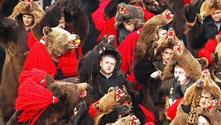
In Romania, an old rural tradition is dancing around in a bear costume. The Romanians travel from house to house, dancing to chase away evil spirits on New Year's Eve. Also, something nifty happens in Romania at midnight on New Year's Eve. Animals briefly attain the ability to speak! Who knew? If an animal talks, the hearer is in for an awful year filled with bad luck, but all will be well if the animal says nothing.

Not to be outdone by the Scots, the people in Siberia brave the icy cold to jump into frozen lakes carrying tree trunks to celebrate New Year. The trunk is to be placed under the ice. Why, I'm not sure, but probably to bring good luck when the lake thaws.
Another tradition there--that shows up in other cultures as well--is banging bread against a wall, loudly, to chase away bad luck and evil spirits. This tradition dates back to a Roman festival, but whether or not it is from some earlier ritual, I don’t know.

While you can find numerous cultures where part or all of the celebrations is related to cemeteries and ancestors, Chileans spend the New Year with ancestors and deceased members of the family. They either spend the night of New Year Eve in the cemetery or set up their chairs next to the graveside on the first day of the year, a tradition for including all family members in the New Year festivities.
● PERU
In Peru, the Takanakuy Festival takes place on December 25, and it is all about descendents of the Incas beating the stuffing out of each other.
The word takanakuy means “when the blood is boiling”, which seems an appropriate name for the festivity where competitors face off in a designated area for a lot of kicking and bare-knuckle punching. Fortunately, the event is supervised by the police, although it’s said that all the punching matches are friendly and represent a fresh start for the year.
Photo source: www.mandatory.com/weirdest-new-years-traditions Photo from LatinLife http://www.fscclub.com/small-takanakuy
The procession to the fighting site starts with a high-pitched falsetto, a method of voice production used by male singers, especially tenors, to sing notes higher than their normal range, through the streets. The procession is family oriented as a preparation for the young children who will see the violent fights later on in the day. Children also dress up for the occasion, usually resembling their father's character.
The purpose of the fighting is to settle conflicts with an individual, friend, family member or to settle territorial conflicts which occurred throughout the year. The style of fighting used during the celebration is relatively similar to martial arts, which involves kicking, punching, and quickness of their movements.
Those fighting call out their opponents by their first and last name. They then proceed to the center of the circle and start the fight. The men fighting must wrap their hands with cloth before the fight. Biting, hitting those on the ground, or pulling hair is not allowed during the fight. The winner is selected based upon a knockout or intervention by the official. There are amateur officials who carry whips in order to maintain the crowd under control. At the start and at the end of the fight, the opponents must shake hands or give each other a hug.
If the loser of the fight disagrees with the outcome, he or she can appeal for another fight. This type of fighting also exemplifies one's level of manhood in the community of Santo .
● BELGIUM
In Belgium it is traditional to wish your cows Happy New Year.
● BOLIVIA
In Bolivia coins are baked into sweets and whoever finds the coins has good luck for the next year.
● COLOMBIA
In Colombia they carry their suitcases around with them all day in hopes of having a travel filled year. If you don't want the baggage for the whole day, at the stroke of midnight do the obvious thing: grab some empty suitcases and run around the block with them. The faster the would-be traveler runs, the more travel he or she can expect.

Everyone, everywhere, wants to know what the new year will bring. In Finland people predict the coming year by casting molten tin into a bucket of water or melting down tin horseshoes and pouring the metal into a bucket of water. When the shapes harden events of the coming year are interpreted from the shapes.
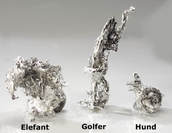
The Germans do something similar to the Finish. They melt small pieces of lead in a spoon over a candle, then pour the liquid into cold water. The bizarre shapes from the lead pouring are supposed to reveal what the year ahead will bring. If the lead forms a ball, luck will roll one’s way, while the shape of a crown means wealth; a cross signifies death and a star will bring happiness. If the photo is any indication, I can predict confusion for me next year... or blindness. I don't see anything in those pieces of lead.
● SWITZERLAND
Here’s a strange one. In Switzerland they celebrate the New Year by dropping ice cream on the floor. I couldn’t find any reason why.
● ECUADOR
Burning effigies of notable people on New Year’s eve seems popular in many countries, but Ecuador seems to take the lead on this tradition. There they celebrate the New Year by building straw scarecrows resembling politicians, celebrities, and others they don’t like.
The scarecrows are made from old clothes and stuffed with newspaper, and on New Year’s Eve at midnight they are burned in front of the house. Burning the old is meant to cleanse away all the bad things from the prior year and start new and clean. They also burn photographs from the prior year.
This tradition may have originated in Quayaquilin in 1895 when an epidemic of yellow fever caused the coffins to be pack with the clothing of the deceased and burned. Since then, it has become big business, and you can buy masks of celebrities and politicians or even the entire scarecrow.
Photo source:
https://list25.com/Burnt in Effigy https://www.life-in-ecuador.com/ecuador-new-years.html
One popular Russian New Year's tradition is to write down a wish, burn it, put the ashes in a glass of champagne, and drink up. Participants have to finish their drink before the clock turns 12:01 or else the wish won't come true.
● GUATEMALA
Guatemalans, hoping for wealth in the new year, toss 12 pennies behind their backs into the street when midnight strikes. The pennies represent each calendar month. The Guatemalan centavo doesn’t look like a penny: ▼it looks like this.
● DENMARK
Breaking things in someone else’s yard is considered vandalism most of the time, except in Denmark on New Year’s Eve. https://list25.com/25-strangest-new-years-traditions-from-around-the-world/
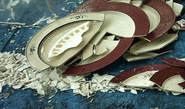
Another Danish tradition, at least in Copenhagen, is jumping off a chair. Just before midnight, everyone in the group stands on the seat of a chair and at midnight they jump off together, signifying a leap into the new year and the leaving behind of evil spirits.

The Japanese celebrate New Year's Eve (or Omisoka) by ringing bells in Buddhist temples. However, instead of a mere dozen times, they ring the bells 108 times --the number of human desires and thus, causes of suffering, according to the Buddhist tradition-- is thought to dispel negative emotions and mentalities. If you're in Tokyo, visit the ritual at the city's iconic Zojoji Temple. Photo courtesy of Flickr/bryansblog
https://www.flickr.com/photos/bryansblog/Temple
Maybe watching the ball drop in Times Square isn't the most exciting thing to do at midnight after all.
Sources:
https://www.oyster.com/articles/56515-7-new-years-eve-traditions-that-you-havent-heard-of/
https://www.realbuzz.com/articles-interests/festive-health-fitness/article/7-strangest-new-year-traditions-around-the-world/
https://list25.com/25-strangest-new-years-traditions-from-around-the-world/
https://www.telegraph.co.uk/travel/galleries/Strange-New-Year-traditions-around-the-world/
https://www.houstonpress.com/arts/8-strange-new-years-traditions-from-around-the-world-8015726
https://mic.com/articles/21774/top-10-strangest-new-year-s-traditions-from-around-the-globe#.dSAVOGh78
https://www.google.com/search?q=https&oq=https&aqs=chrome..69i57j69i60j69i65l2j69i60l2&sourceid=chrome&ie=UTF-8
https://www.travelandleisure.com/slideshows/worlds-strangest-new-year-traditions#philippines
https://belarusdigest.com/story/celebrating-the-new-years-eve-in-belarus-the-russians-are-coming/
https://www.mandatory.com/living/796821-10-weirdest-new-years-eve-traditions-around-world
https://www.savoredjourneys.com/quirky-new-years-traditions/
https://www.npr.org/2013/12/28/257658037/as-the-lead-cools-some-see-their-new-year-take-shape
https://www.fodors.com/news/photos/12-weird-new-years-eve-traditions-around-the-world|
https://www.life-in-ecuador.com/ecuador-new-years.html
https://www.wanderlust.co.uk/content/9-new-years-eve-traditions/
http://www.123newyear.com/newyear-traditions/unitedstates.html


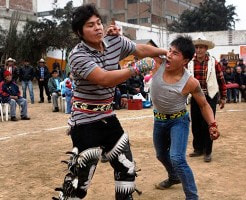
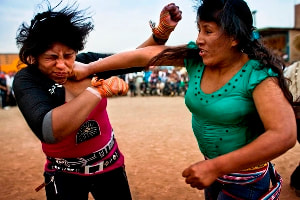
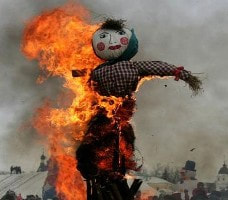


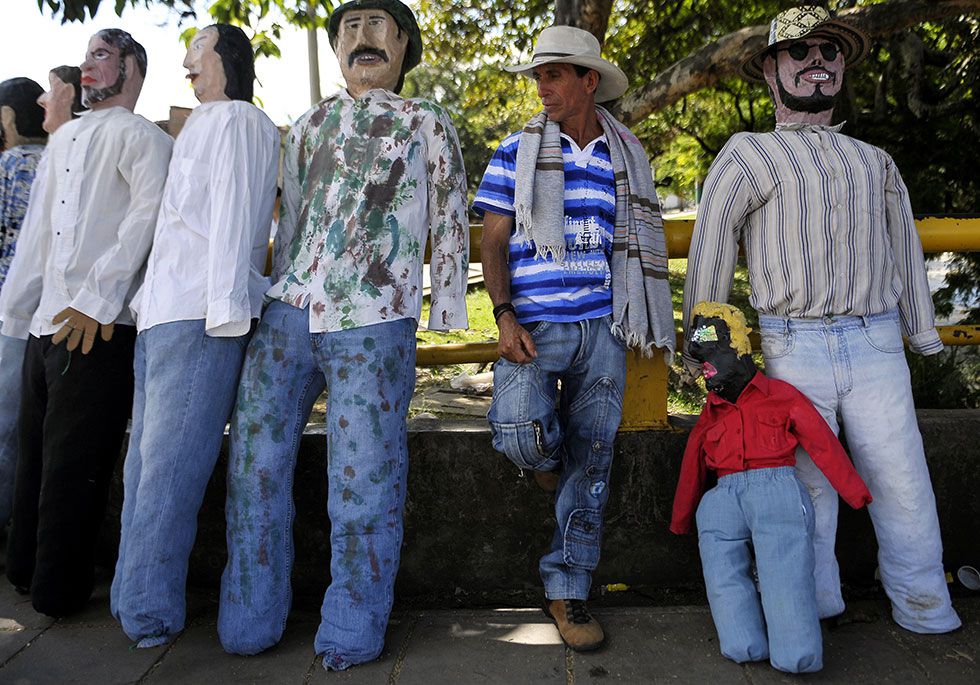


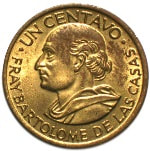

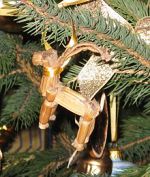
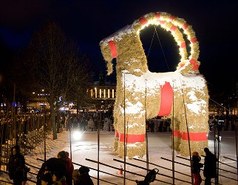

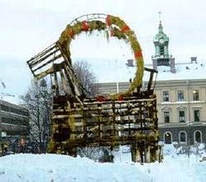

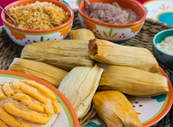
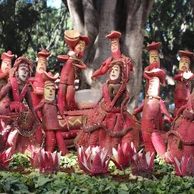
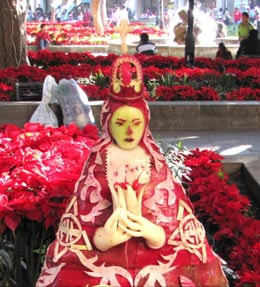
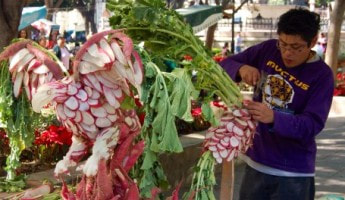
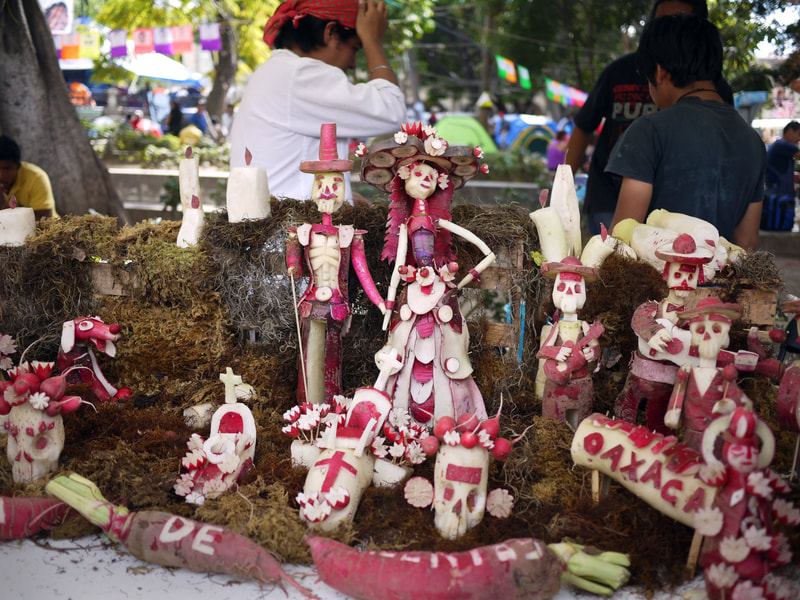
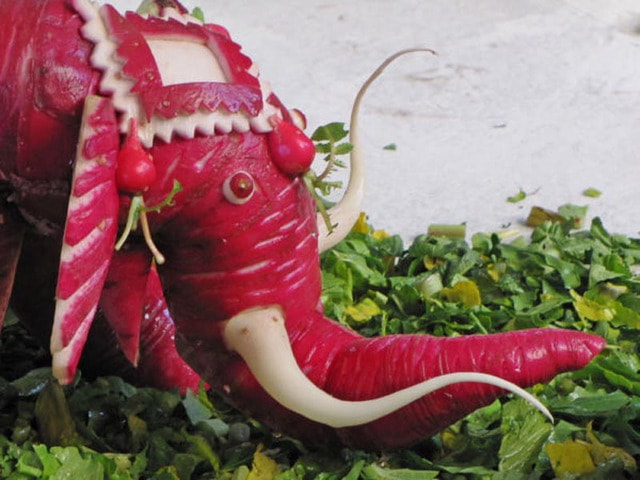
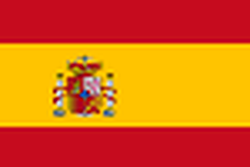
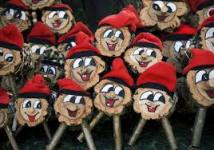
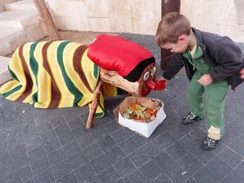
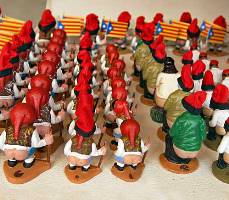
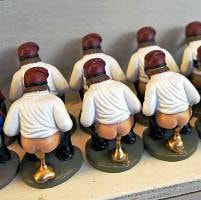



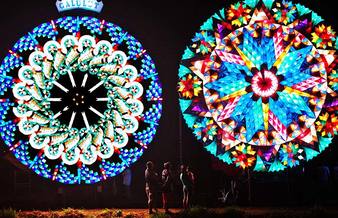

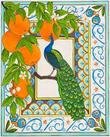












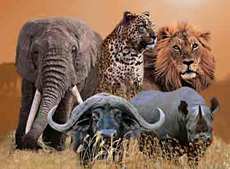
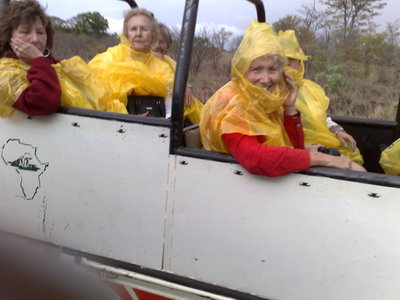
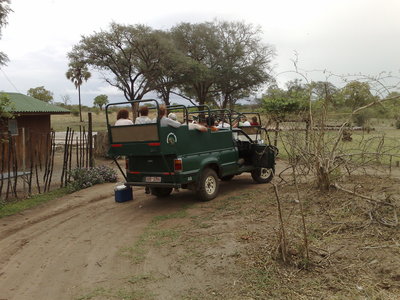
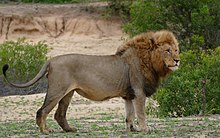
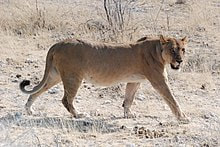
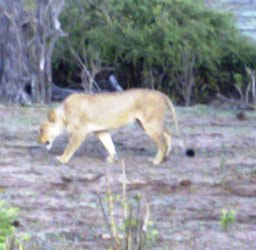

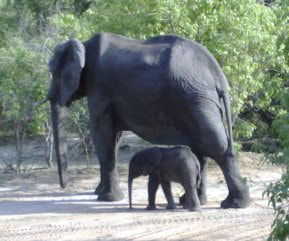
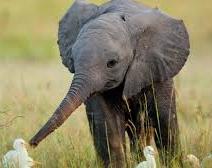

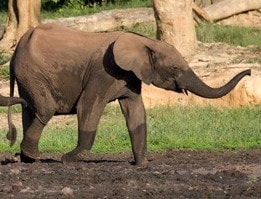
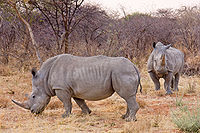

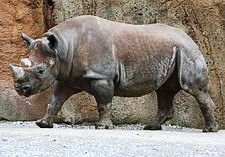

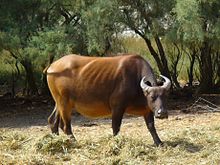

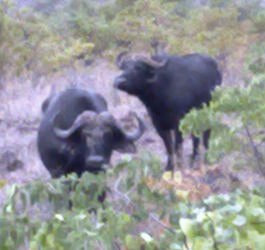
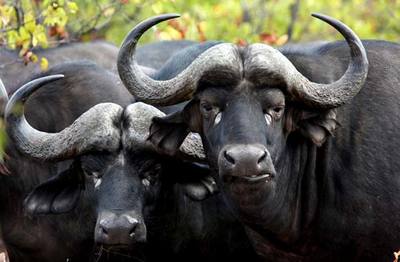


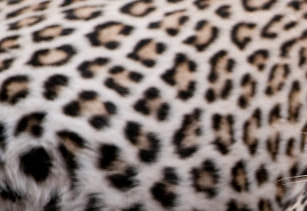

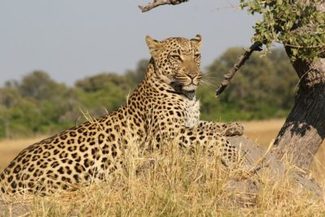
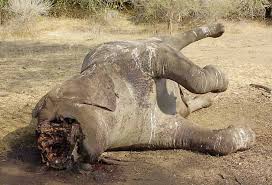
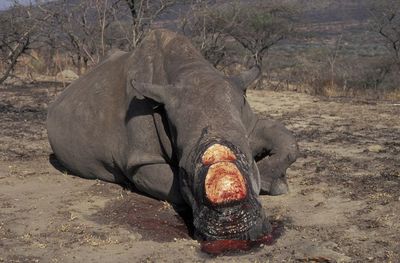
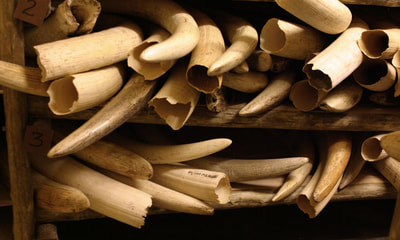
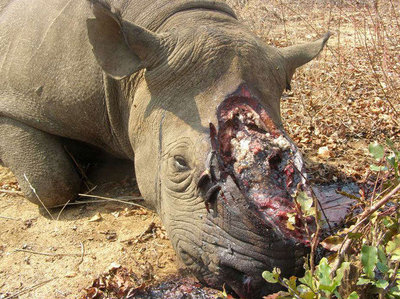
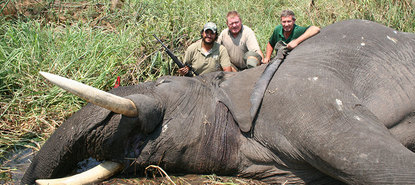

 RSS Feed
RSS Feed